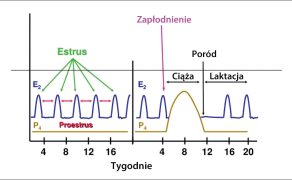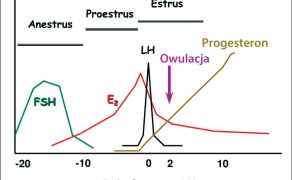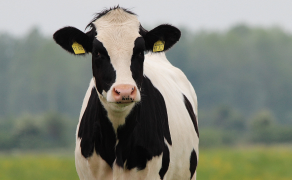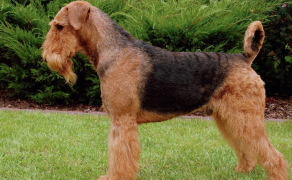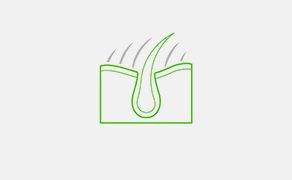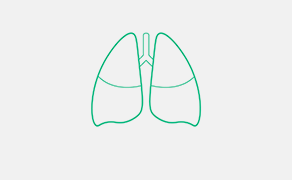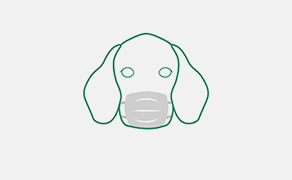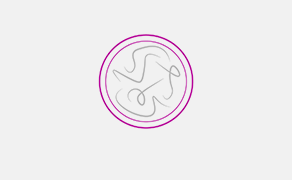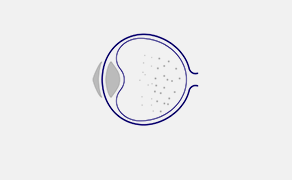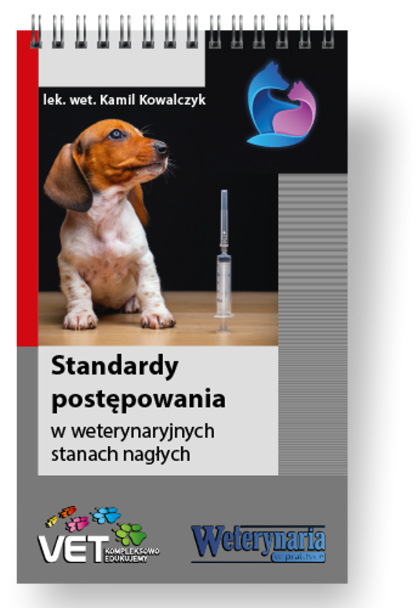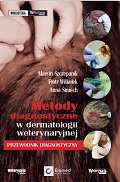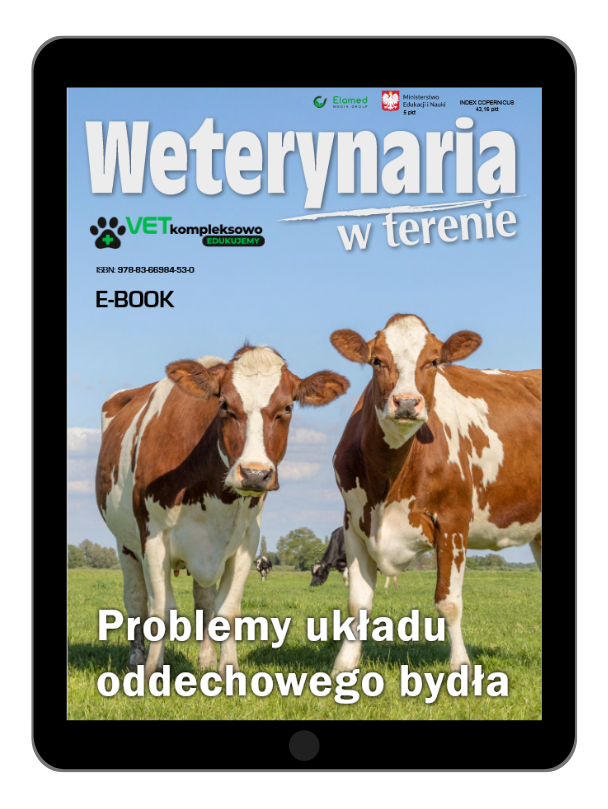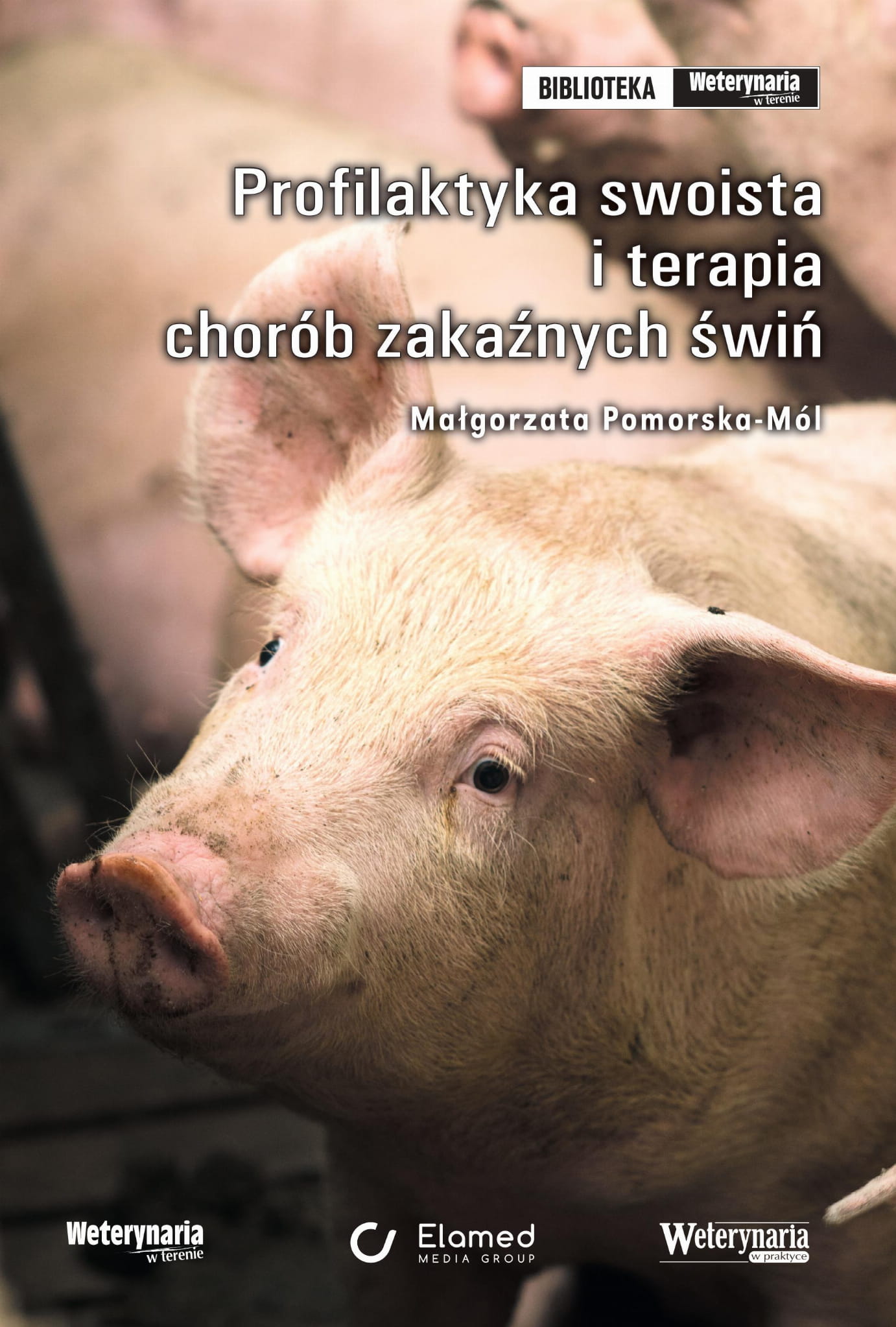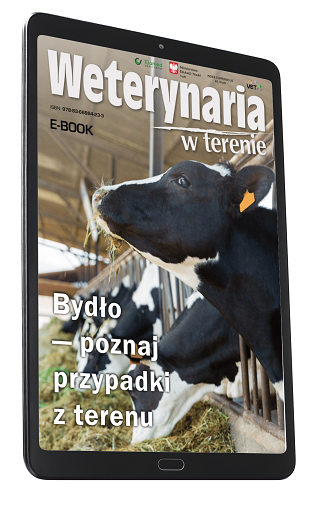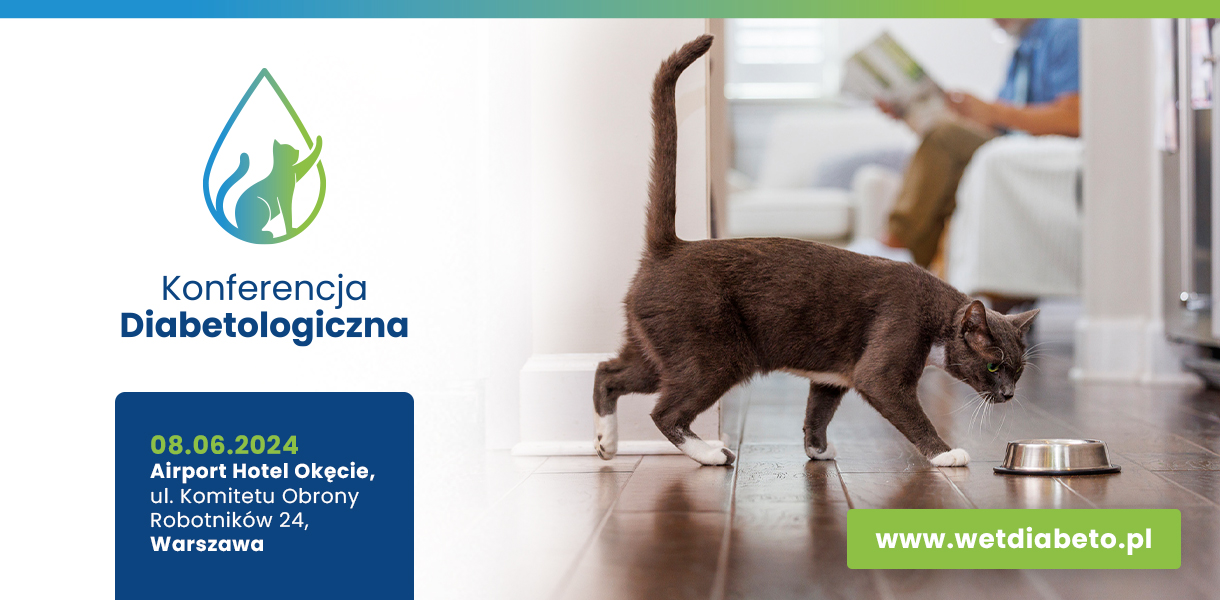Zaburzenia hormonalnej regulacji rozrodu
Piśmiennictwo
- Baranowska E.S., Wiebke A., Idkowiak J.: Monogenic Disorders of Adrenal Steroidogenesis. „Horm Res Paediatr”, 2018, 89, 292-310.
- Brandon P., Reines B.P., Wagner R.A.: Resurrecting FUS: Adrenal Androgens as an Ultimate Cause of Hematuria, Periuria, Pollakuria, Stranguria, Urolithiasis and Obstruction in Neutered Cats. „Front Vet Sci”, 2018, 5, 1-7.
- Bukowska D., Włodarczyk R., Jaśkowski J.M.: Najczęstsze przyczyny zaburzeń płodności psów. Część II. Samice. „Życie Wet”, 2009, 84, 144-147.
- Chatdarong K., Ponglowhapan S., Karlsson A., Linde-Forsberg C.: The effect of ACTH stimulation on cortisol and progesterone concentrations in intact and ovariohysterectomized domestic cats. ”Theriogenology”, 2006, 66, 1482-1487.
- Gultiken N., Yarim M., Yarim G.F., Gacar A., Mason J.I.: Expression of 3β-hydroxysteroid dehydrogenase in ovarian and uterine tissue during diestrus and open cervix cystic endometrial hyperplasia-pyometra in the bitch. ”Theriogenology”, 2016, 86, 572-578.
- Johnson Ch.A.: Thyroid issues in reproduction. „Vet Clin NA:Small Anim Pract”, 2002, 17, 129-132.
- Jurka P., Max A., Trębacz P., Sapierzyński R.: Oestrus-like symptoms in pregnant bitches. „Acta Sci Pol Zootechnica”, 2016, 15, 19-30.
- Max A.: Farmakologiczne sterowanie porodem u małych zwierząt. „Mag Wet”, 2011, 8, 1-5.
- Max A.: Fotoperiod i melatonina w rozrodzie ssaków: gryzonie, króliki, koty. ”Życie Wet”, 2015, 90, 35-38.
- Moore A.M., Coolen L.M., Lehman M.N.: In vivo imaging of the GnRH pulse generator reveals a temporal order of neuronal activation and synchronization during each pulse. „PNAS”, 2022, 119, 1-12.
- Morrow L.D., Gruffydd-Jones T.J., Skillings E., Welsh C.P., Murray J.K.: Field study assessing the performance of a patient-side blood test to determine neuter status in female cats based on detection of luteinising hormone. „J Feline Med Surg”, 2019, 21, 553-558.
- Niaz K., Maqbool F., Fazlullah Khan F. et al.: Comparative occurrence of diabetes in canine, feline, and few wild animals and their association with pancreatic diseases and ketoacidosis with therapeutic approach. ”Vet World”, 2018, 11, 410-422.
- Ozawa H.: Kisspeptin neurons as an integration center of reproductive regulation: Observation of reproductive function based on a new concept of reproductive regulatory nervous system. ”Reprod Med Biol”, 2022, 21, 1-9.
- Siemieniuch M.: Fizjologia cyklu rujowego u samicy kota domowego. „Weterynaria”, 2013, 1, 1-6.
- Tibold A., Thuróczy J.: Progesterone, oestradiol, FSH and LH concentrations in serum of progesterone-treated pregnant bitches with suspected luteal insufficiency. „Reprod Dom Anim”, 2009, 2, 129-132.
- Verhage H.G., Beamer N.B., Brenner R.M.: Plasma levels of estradiol and progesterone in the cat during polyestrus, pregnancy and pseudopregnancy. „Biol Reprod”, 1976, 14, 579-585.
- Wilbourn R.R., Maxwell H.S.: Clinical approaches to infertility in the bitch. „Vet Clin NA:Small Anim Pract”, 2012, 42, 457-468.
prof. dr hab. Krystyna Pierzchała-Koziec
Katedra Fizjologii i Endokrynologii Zwierząt
Wydział Hodowli i Biologii Zwierząt
Uniwersytet Rolniczy w Krakowie
Al. Mickiewicza 24/28 30-059 Kraków
e-mail: rzkoziec@cyf-kr.edu.pl
Galeria
Mogą zainteresować Cię również
Znajdź swoją kategorię
2609 praktycznych artykułów - 324 ekspertów - 22 kategorii tematycznych
Weterynaria w Terenie
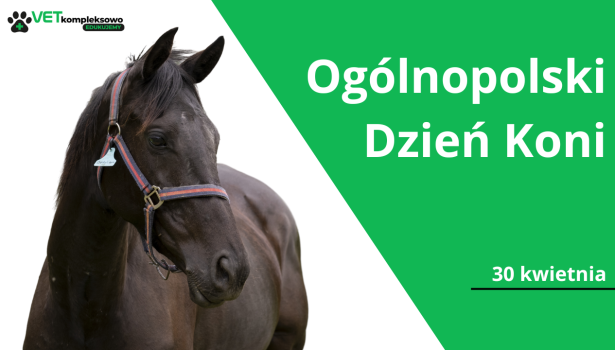
Ogólnopolski Dzień Koni
Koń od setek lat zajmował stałe miejsce w polskim krajobrazie, w polskim życiu, i w polskiej symbolice narodowej. Stanowił również symbol bogactwa, bowiem nie każdego było na niego stać. Zwierzęta te przez długi czas były popularnymi zwierzętami pociągowymi, pełniły też funkcje transportowe czy pracowały w gospodarstwach. Rozwój techniki zmienił jednak nieco rolę koni, we współczesnym […]
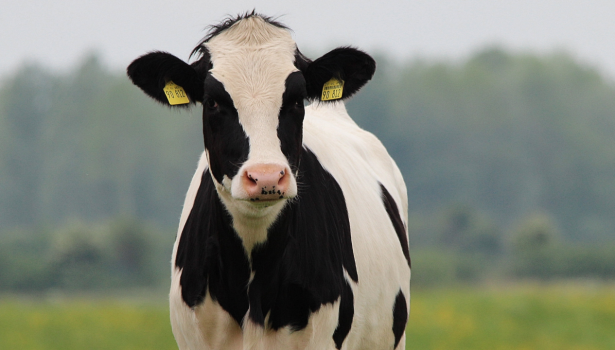
Podkliniczny niedobór wapnia i jego wpływ na wyniki rutynowych badań laboratoryjnych w różnych okresach laktacji u krów mlecznych
Diagnostyka laboratoryjna Badania bakteriologiczne Ze względu na znaczenie epizootyczne choroby każde podejrzenie pleuropneumonii winno być poparte badaniem bakteriologicznym. Istotnym momentem w badaniu bakteriologicznym jest stosowanie podłoży selektywnych z dodatkiem DPN lub NAD oraz dysponowanie właściwym materiałem biologicznym do badań. Materiał ten musi być pobrany i przekazany do laboratorium nie później niż 24 godziny po padnięciu […]
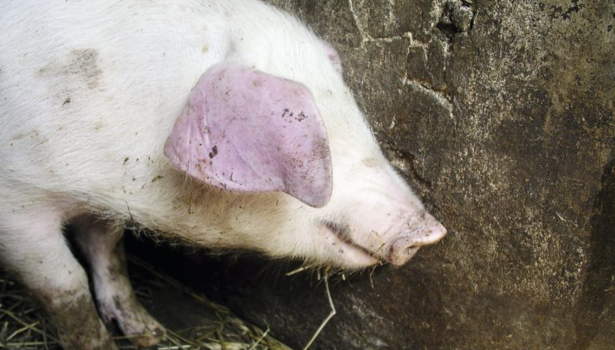
Szerzenie się, profilaktyka i terapia ważnych ekonomicznie chorób układu oddechowego świń (pleuropneumonia, mykoplazmowe zapalenie płuc)
Rozpoznawanie Zakażenia powodowane przez Mhp są wstępnie diagnozowane na podstawie charakterystycznych objawów klinicznych oraz zmian anatomopatologicznych w postaci nieżytowego zapalenia w przednich odcinkach płatów doczaszkowych i sercowych płuc. Postawienie ostatecznego rozpoznania wymaga jednak wykazania obecności Mhp lub materiału genetycznego tego drobnoustroju w tkance płucnej przy użyciu odpowiednich badań laboratoryjnych. Coraz szerzej w diagnostyce laboratoryjnej zakażeń […]
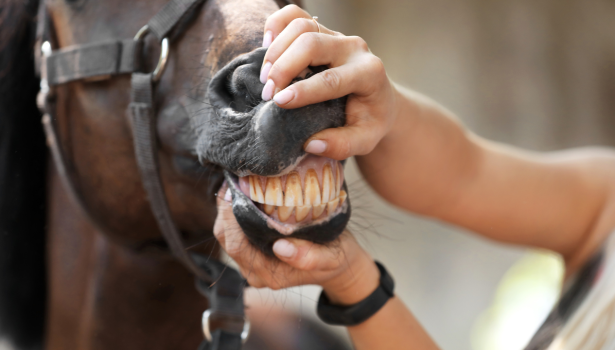
Wprowadzenie do stomatologii koni
Przed oględzinami jamy ustnej przystępujemy do oczyszczenia jej z pozostających resztek pokarmowych. Wykorzystać tu możemy dostępne na rynku strzykawki o pojemności około 500 ml (ryc. 2) wraz z dostosowaną do tego celu dyszą lub ciśnieniowe zraszacze, które sprawdzają się raczej w przypadku oczyszczania szpar międzyzębowych. Następnie dokładnie obserwujemy tkanki miękkie jamy ustnej, zwracając szczególną uwagę […]
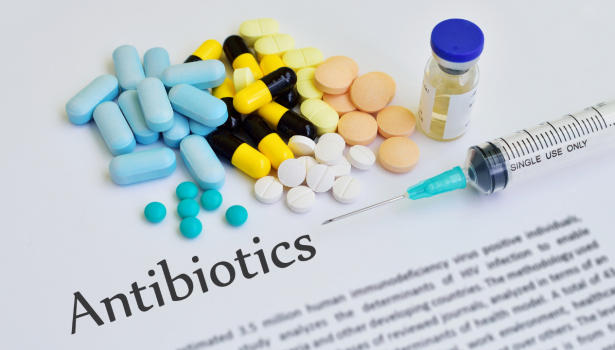
Wskazówki na wypadek widocznego niepowodzenia terapii antybiotykowej. Kryteria skutecznej terapii oraz kluczowe pytania jako 5 kroków drzewa analitycznego
Czynniki powiązane z użyciem antybiotyku w terapii: Czy wybór antybiotyku opierał się na badaniach klinicznych i dodatkowych (diagnoza, antybiogram)? Sprawdź odpowiedź na pytanie 3. Farmakokinetyka/farmakodynamika wybranego antybiotyku? Koncentracja i czas działania antybiotyku w zakażonej tkance a efektywność w stosunku do czynnika bakteryjnego wywołującego chorobę (spektrum działania antybiotyku, wrażliwość z antybiogramu – odpowiedzi na pytanie 3.). […]
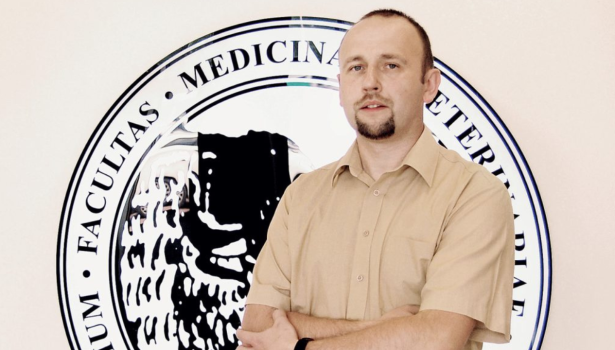
Czarno na białym – mastitis okiem praktyka – rozmowa z dr. n. wet. Sebastianem Smulskim
Rozmowa z dr. n. wet. Sebastianem Smulskim, pracownikiem Uniwersytetu Przyrodniczego w Poznaniu, specjalistą w dziedzinie profilaktyki i leczenia mastitis u krów, który w swoich badaniach zgłębia tematykę zapalenia gruczołu mlekowego u bydła, zarówno w aspekcie naukowym, jak i praktycznym. Większość zapaleń gruczołu mlekowego ma etiologię bakteryjną. Dlaczego, pomimo rozwoju mikrobiologii, medycyny weterynaryjnej i prowadzonych badań, […]

XVIII FORUM ZOOTECHNICZNO-WETERYNARYJNE: NOWE HORYZONTY W ROZRODZIE ZWIERZĄT
Na Uniwersytecie Przyrodniczym w Poznaniu w dniach 18-19 kwietnia br. odbyło się XVIII Forum Zootechniczno-Weterynaryjne pod hasłem „Rozród zwierząt w dobie selekcji genomowej”. To wydarzenie zgromadziło liczne grono lekarzy weterynarii oraz hodowców, by omówić najnowsze osiągnięcia w dziedzinie hodowli i rozrodu zwierząt. Organizacja Forum była wspólnym przedsięwzięciem Poznańskiego Koła Polskiego Towarzystwa Zootechnicznego, Wielkopolskiego Oddziału Polskiego […]


